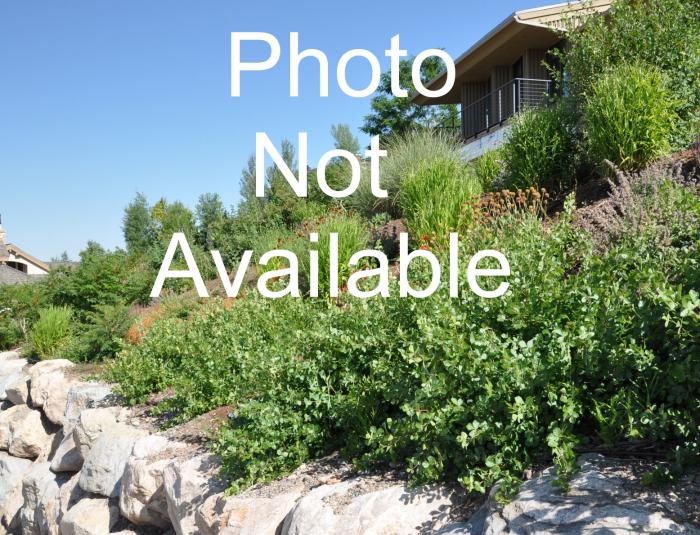| Botanical Name: Echinacea paradoxa | |
| Common Name: Ozark Coneflower |

-
Anatomy
-
Culture
-
Design
Plant Type
Perennial, Wildflower
Height Range
3-6'
Flower Color
Yellow
Flower Season
Summer
Leaf Color
Light Green
Bark Color
n/a
Fruit Color
n/a
Fruit Season
n/a
Sun
Full
Water
Low
Growth Rate
Slow
Soil Type
Sandy, Clay, Loam
Soil Condition
Average, Poor, Well-drained, Dry
Soil pH
Neutral, Basic
Adverse Factors
n/a
Design Styles
English Cottage, Meadow, Ranch, Native Garden
Accenting Features
Showy Flowers
Seasonal Interest
Summer
Location Uses
Perennial Border
Special Uses
Cut Flowers, Naturalizing
Attracts Wildlife
Birds, Butterflies
Information by: Stephanie Duer
Photographer:
Photographer:
-
Description
-
Notes
This purple coneflower has bright yellow petals, hence, the paradox. The foliage is long and narrow, and the golden yellow flowers bloom June and July. Slow growing to 3 to 5 feet tall, and about 12 to 18 inches wide. Attracts butterflies and birds; leave the seed heads for the birds. Native to the Ozarks. Deer resistant.
Grow in sandy, clay, or loam soils. Full sun. Medium to dry moisture. Slow to establish. Wet, soggy soils will be its demise.